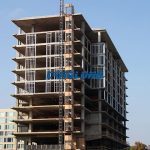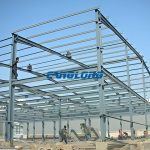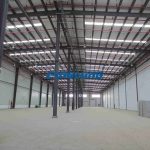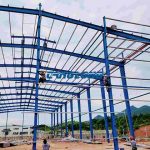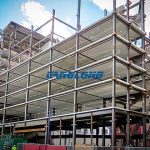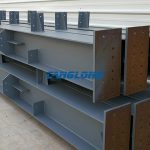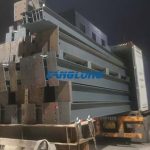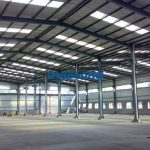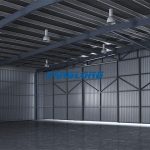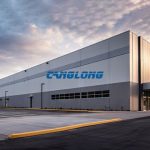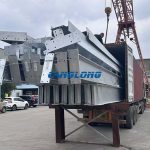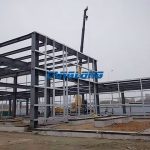Machining and Manufacture of High rise Steel Structure Parts
The production of steel components in high rise steel structures needs to be strictly controlled because it is closely related to its quality. The following will explain the requirements for the fabrication of components of high-rise steel structures.
First, the processing technology of components in high rise steel structures will be explained. Generally speaking, the most commonly used components in steel structure buildings are cross stiff column components, T-shaped embedded steel structure components and H-shaped steel structure components, so these components will be explained.
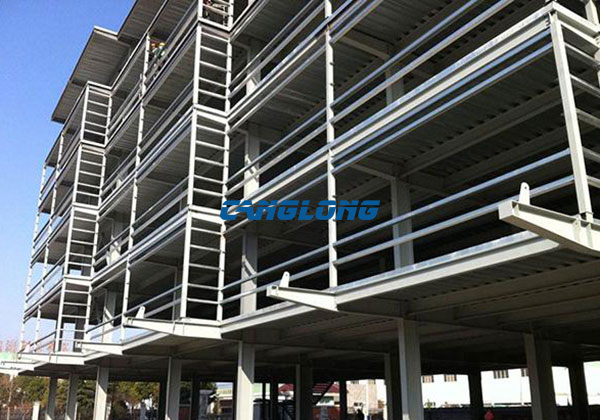
The cross stiffened column is welded by a combination of one H-section steel and two T-section steels. During welding, the shrinkage of the component and the deformation of the weld should be estimated to improve the accuracy of the combined component.
In the production of T-section steel, for the convenience of production and the accuracy of components, two T-section steels are usually produced at the same time. First use the steel plate to assemble an H-beam, and then separate its webs according to the drawing data and carry out welding adjustment. After completion, the process plate is removed and ground.
The last is H-beam, which is generally made by H-beam production line. To ensure the accuracy of the external dimensions after welding, appropriate welding process parameters and necessary mechanical and pyrotechnic corrections should be selected.
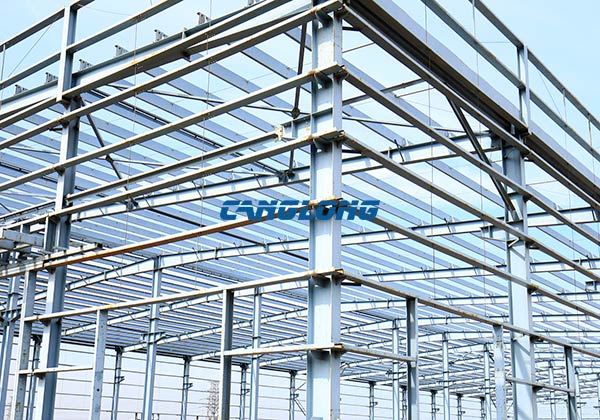
The second is the welding requirements in the processing of high-rise steel structures. This technology is used very frequently in the connection of nodes and detail components of steel construction. In the welding of high rise steel structures, attention should be paid to two aspects: welding sequence and laminar tearing.
The first is the welding sequence. In the welding of steel structure buildings, a reasonable welding sequence can avoid the damage of the welding stress to the steel components, and also prevent the deformation of the welded joints. The welding sequence should be customized according to the structural form of the steel structure building. For example, the splicing joints of the wings and webs of H-beams should be avoided in the same section, and the splicing positions of the upper and lower wings should be staggered by more than 20cm from the web.
Interlaminar tearing is a stepped crack formed by steel along the steel plate layer on the component during welding, and is a serious crack that easily occurs successively between layers. The effective way to prevent such cracks is to strictly control the sulfur content of the steel, and to control the stress concentration phenomenon that occurs when the steel is welded due to groove shrinkage. Multi-layer welding can also be used to reduce shrinkage stress. In order to make the weld metal have a low yield point and high ductility, welding materials with low strength matching should be used. In order to better improve the microstructure and toughness of the joint area, the preheating temperature should be used or increased for welding. Reducing the sulfur content of the base metal, reducing the inclusions and delamination defects of the base metal to improve its thickness direction performance should be the fundamental measures.
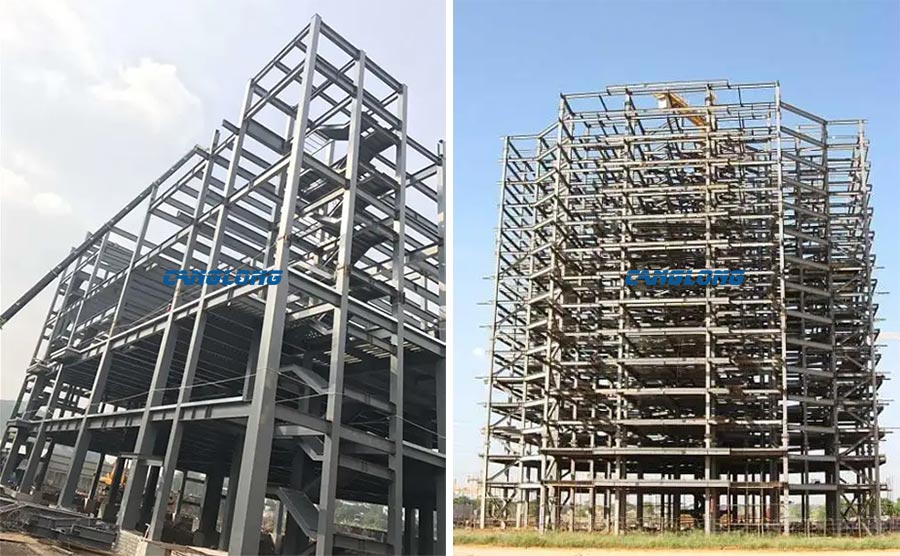
Lastly is the paint scheme. Due to the material properties of steel itself, it is easily attacked by oxygen, water vapor and acid and alkali substances, reducing the structural strength. Therefore, it is necessary to apply the corresponding layers of anti-corrosion paint on the steel surface according to its drawing design. It should be noted that the thickness and number of layers of the coating must be strictly in accordance with the design instructions.
